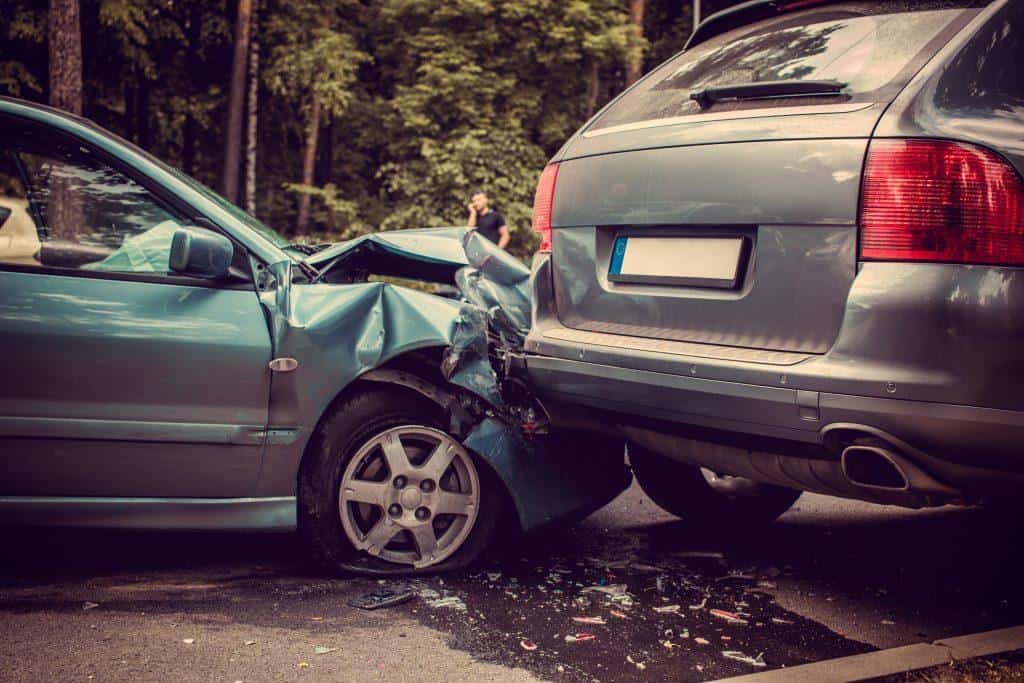Each year, Duluth, Minnesota, records around seven fatal car crashes, with approximately eight people involved, highlighting the city’s crash severity. Crash investigations delve deeper than fault, uncovering insights into driver behavior, vehicle performance, and road conditions. These findings inform public safety strategies—like improving infrastructure, enhancing emergency response (average EMS response time is 4.8 minutes in Duluth)—ultimately leading to smarter prevention measures.
Investigating a car crash goes far beyond determining who’s at fault. These investigations provide insights into traffic patterns, vehicle performance, and driver behaviour. By examining these elements, authorities can identify broader safety issues and potential areas for improvement. Speaking to Duluth car accident lawyers can also help. The data gathered often leads to better traffic regulations, safer vehicle designs, and more effective public awareness campaigns. In this way, each investigation not only addresses a single incident but also contributes to safer roads for everyone.
The Process of Investigation
If a car accident occurs, a detailed investigation begins. The investigators gather evidence from the scene, including photos, witness statements, and damage to the vehicles. This information is needed to understand why the incident occurred.
Investigators have access to information about the crash, including speed data, braking pattern, and other factors immediately before the crash, via onboard vehicle systems such as event data recorders. Investigators usually release new details that help map out the minutes leading up to the impact.
Analyzing Driver Behavior
Driver behavior is a major area of interest in an investigation. Many accidents involve considerations of distraction, fatigue, and/or impairment. Experts can then study these behaviors to recommend changes to laws or educational campaigns promoting safer driving.
Furthermore, insights into how drivers behave under pressure or when they find themselves in situations they did not expect will help frame the specifications of driver assistance technologies. The systems in place are meant to prevent loss of control when the driver struggles to maintain control of the car.
Vehicle Safety and Performance
It is through investigations that valuable information comes to light regarding the safety and performance of a vehicle. Understanding and analyzing a vehicle’s response during a crash allows for design improvements. This information is important for manufacturers that wish to incorporate safety features in upcoming models.
They can also reveal faults or problems with specific vehicle components. Catching these issues early means recalls or fixes to prevent more serious incidents and to spare consumers from harm.
Infrastructure and Environmental Factors
In addition to examining drivers and vehicle performance, investigations also look at other issues like infrastructure and environmental factors. Accidents can also happen due to poor road design, lack of road signs, and weather conditions. Investigations allow authorities to make changes to infrastructure that minimize the probability of future collisions.
Things like repaving roads or ensuring proper visibility at intersections can reduce wrecks. Moreover, these modifications increase safety and will contribute to the efficiency and smoothness of traffic.
Legal and Insurance Implications
Car crash investigations carry significant legal and insurance implications. Determining fault is essential for resolving legal disputes and processing insurance claims fairly. A thorough investigation ensures that the responsible party is held accountable and that victims receive appropriate compensation.
These inquiries also influence insurance policies—by identifying common accident trends, insurers may adjust premiums or offer discounts to drivers who demonstrate safe habits. In this way, investigations not only support justice but also shape future insurance practices.
Public Awareness and Education
Car crash investigations also play a key role in raising public awareness. By sharing findings, authorities help educate drivers about common risks and promote safer habits behind the wheel. Over time, this awareness can reduce accidents and save lives. Some studies use crash data to pinpoint causes—like distracted driving or speeding—and guide targeted education campaigns. Officials believe that these efforts are vital for fostering a long-term culture of safety and responsibility on the roads.
Technological Advancements
Details from investigations help develop technologies for automakers. Safety technology advancements — like collision avoidance systems and braking technologies — are often born out of lessons gleaned from investigations.
Such breakthroughs guarantee the safety of the driver and passengers while promoting the growth of self-driving cars. When engineers know what caused an accident, they are able to design systems to prevent those hazards from occurring.
Conclusion
Investigating a car crash involves much more than assigning blame. These investigations reveal valuable information about driver behaviour, vehicle safety features, and road design flaws. The insights gained help shape safer infrastructure, inform improvements in automotive technology, and guide effective public awareness efforts. By understanding the broader patterns behind accidents, authorities and engineers can implement changes that reduce future crashes and enhance overall road safety for everyone.
Investigators look at every detail of an accident and help create a safer environment for everyone. Grasping these components contributes to a scenario where road safety keeps enhancing for drivers, passengers, and pedestrians.


